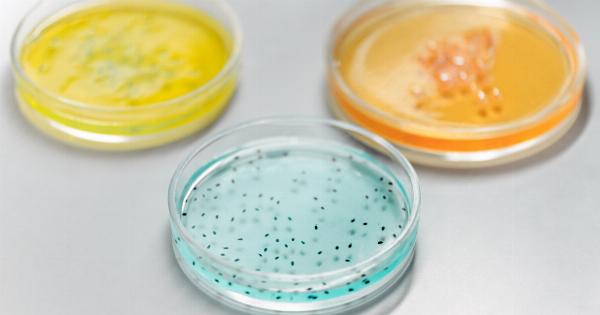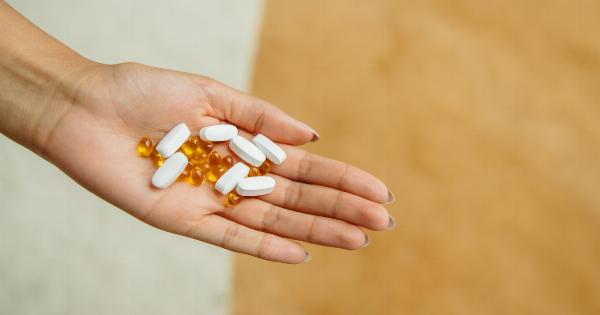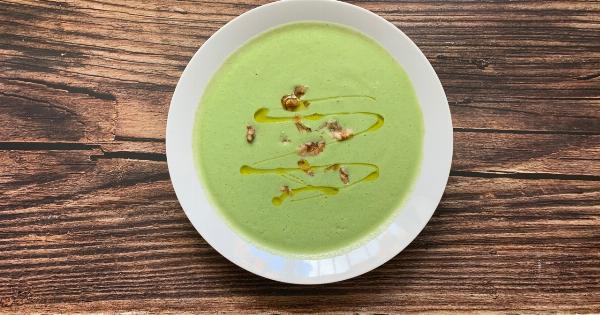Acne is a common skin condition that affects millions of individuals worldwide. It is characterized by the appearance of pimples, blackheads, and whiteheads on the face, chest, back, and other parts of the body.
Many factors contribute to the development of acne, including hormonal changes, genetics, and lifestyle choices. Over the years, a link between chocolate consumption and acne has been debated. Some believe that indulging in chocolate can worsen acne symptoms, while others argue that this connection is merely a myth.
In this article, we will delve into the scientific evidence surrounding the link between chocolate and acne, aiming to determine whether it is a myth or a reality.
The Role of Diet in Acne
Before exploring the link between chocolate and acne, it is essential to understand the role of diet in the development and exacerbation of acne.
While diet is not considered a primary cause of acne, certain food items can potentially trigger or worsen symptoms in predisposed individuals. High glycemic index foods, such as refined carbohydrates and sugary drinks, have been associated with an increased risk of acne.
This is because these foods can cause spikes in insulin levels, leading to systemic inflammation and hormonal fluctuations, both of which can contribute to acne breakouts.
The Chocolate-Acne Debate
The idea that chocolate consumption can lead to acne has been around for decades. However, the scientific community remains divided on this issue.
Some studies have suggested a positive association between chocolate intake and acne, while others have found no significant link. To determine whether the connection is a myth or a reality, let’s explore the available scientific evidence.
Understanding Chocolate’s Composition
Chocolate is derived from the cocoa bean, which contains various components that could potentially impact acne. One such compound is caffeine, which is found in varying amounts in different types of chocolate.
Caffeine is known to stimulate the production of sebum, the oily substance that can clog pores and contribute to acne formation. Additionally, chocolate contains theobromine, a compound that may increase inflammation and influence hormonal imbalances, both of which can play a role in acne development.
Scientific Studies on the Chocolate-Acne Link
An early study published in the Journal of the American Medical Association in 1969 suggested a potential association between chocolate consumption and acne.
However, this study had significant limitations, such as a small sample size and a lack of control groups. Since then, numerous studies have been conducted to investigate this link further.
A systematic review published in the Journal of Clinical Dermatology in 2017 analyzed the available scientific literature on chocolate and acne.
The review concluded that there is insufficient evidence to support a definitive link between chocolate consumption and acne development. Many of the studies included in the review had methodological flaws, and the results were inconsistent.
Another study published in the Journal of the American Academy of Dermatology in 2013 followed 65 adult participants with acne.
The participants were divided into two groups, with one group consuming chocolate bars containing 10 times the normal amount of cocoa, and the other group consuming placebo bars. After four weeks, researchers found no significant difference in acne lesion counts between the two groups.
While some studies have shown a positive association between chocolate consumption and acne, many of these studies had limitations, such as small sample sizes, self-reported data, and lack of control groups.
Thus, the overall scientific evidence does not provide conclusive support for the chocolate-acne link.
Other Factors at Play
It is important to note that acne development is a multifactorial process, and attributing it solely to chocolate consumption oversimplifies the issue.
Genetics, hormonal fluctuations, stress, skincare routines, and other dietary factors all contribute to acne formation. Therefore, it is crucial to consider these factors collectively rather than focusing solely on chocolate consumption.
Individual Variations and Chocolate Sensitivity
While the available evidence does not support a direct link between chocolate consumption and acne in the general population, it is essential to acknowledge that individuals may respond differently to certain foods.
Some people may be more sensitive to the effects of chocolate due to their unique genetic makeup or physiological response. In such cases, chocolate consumption may trigger or worsen acne symptoms for those individuals, even if the general population experiences no such effect.
Overall Diet and Lifestyle Impact
When considering the impact of chocolate on acne, it is vital to assess the individual’s overall diet and lifestyle.
A single food item is unlikely to be the sole cause of acne, but a consistently unhealthy diet or poor lifestyle choices can contribute to acne development and exacerbation. Therefore, maintaining a balanced diet, managing stress levels, practicing good skincare habits, and adopting a healthy lifestyle are vital for overall skin health.
Conclusion
In conclusion, the link between chocolate consumption and acne remains controversial. While early studies suggested a potential connection, the overall scientific evidence does not provide conclusive support for this association.
Acne is a complex condition influenced by various factors, including genetics, hormonal imbalances, and lifestyle choices. While some individuals may experience worsened acne symptoms after consuming chocolate, the impact is likely dependent on individual variations and overall diet and lifestyle.
Therefore, it is essential to consider these factors holistically rather than attributing acne solely to chocolate consumption.































